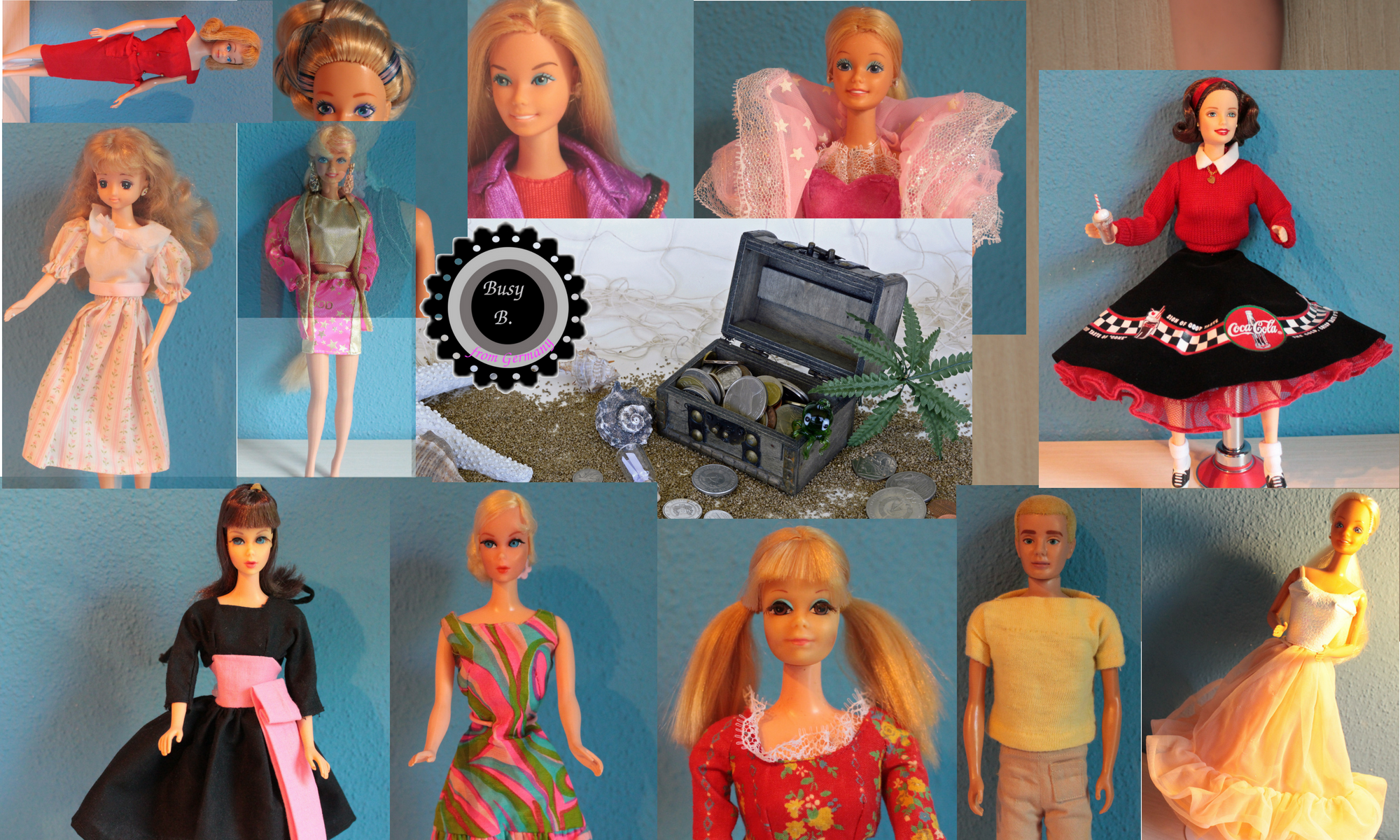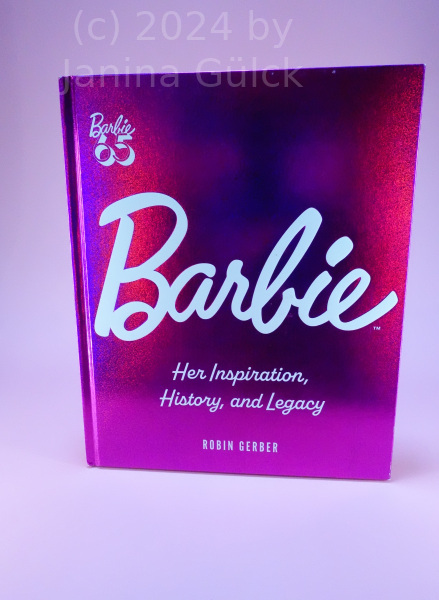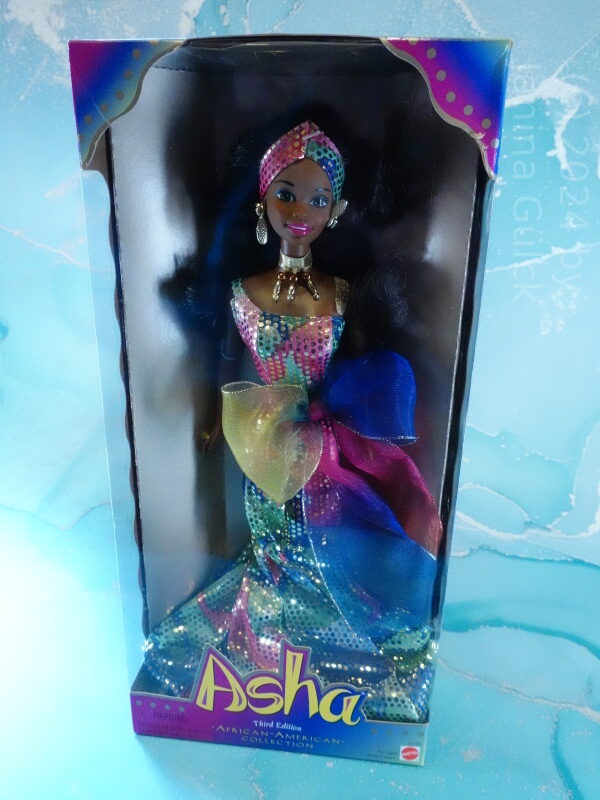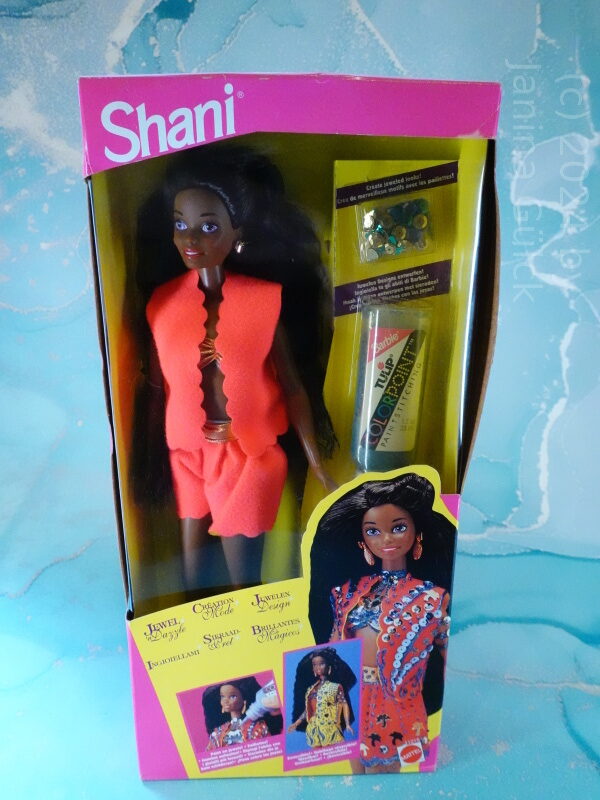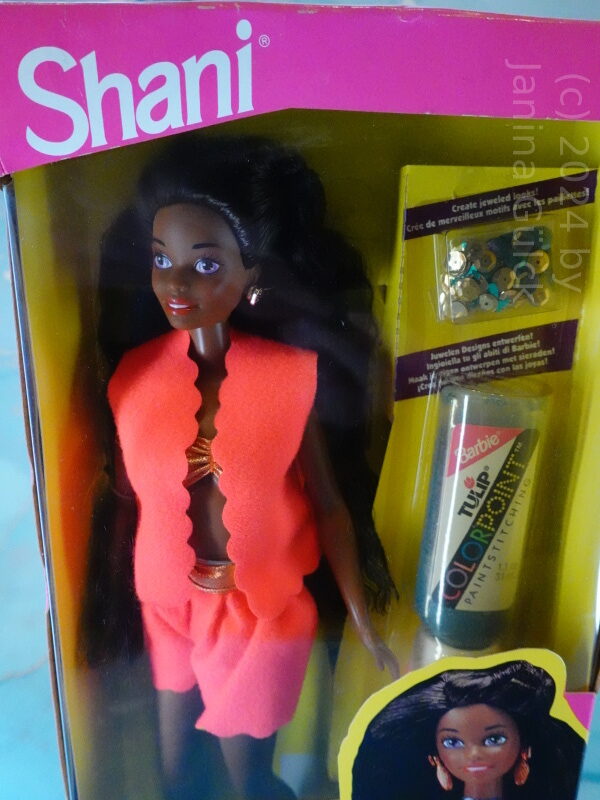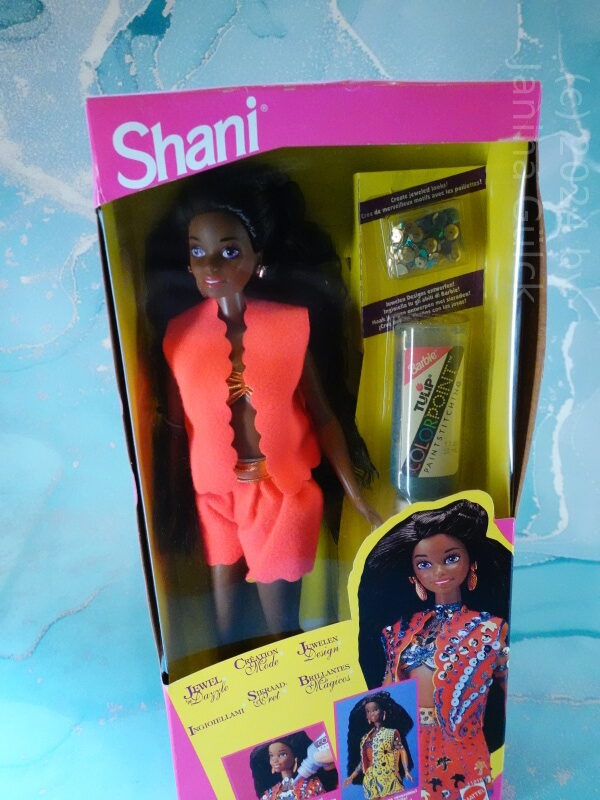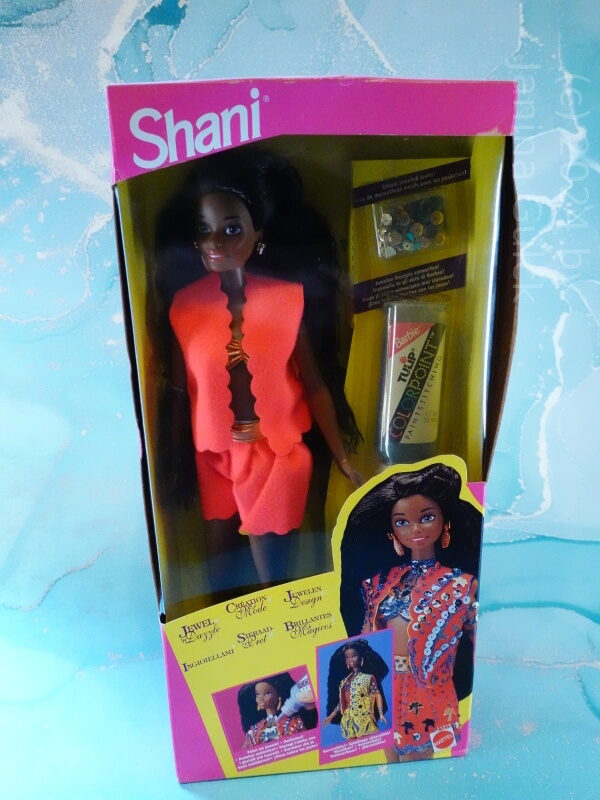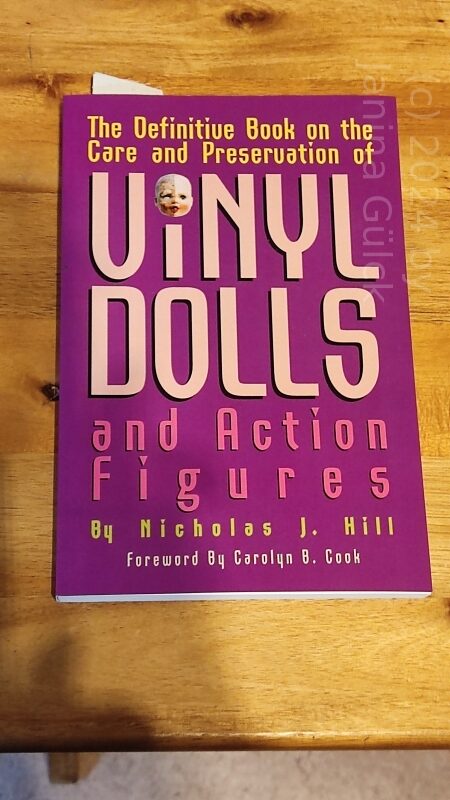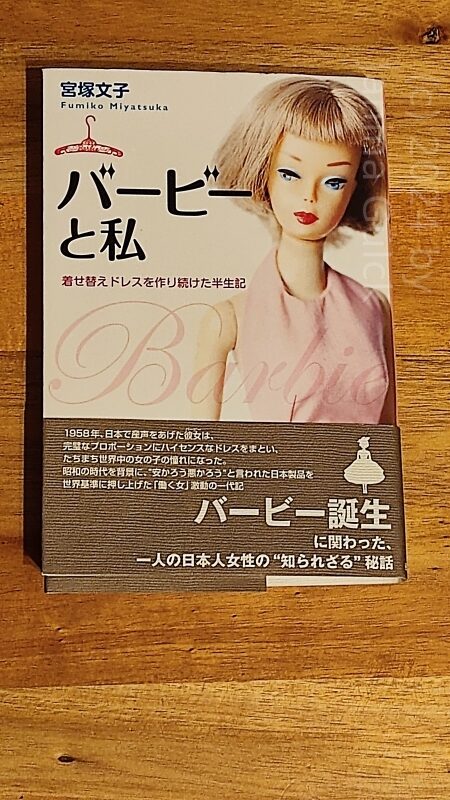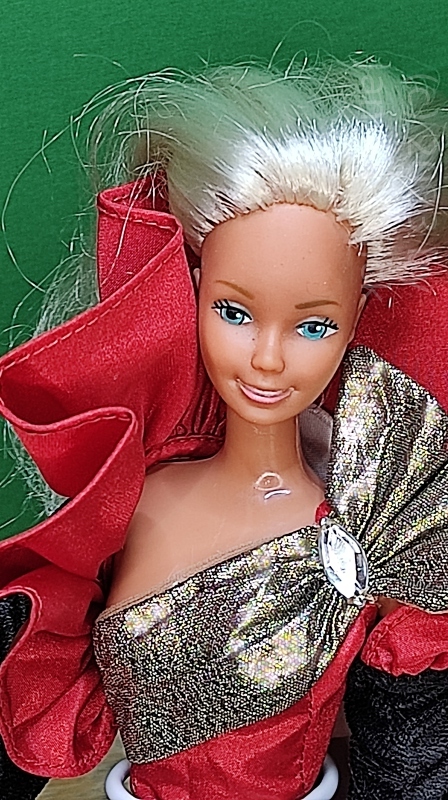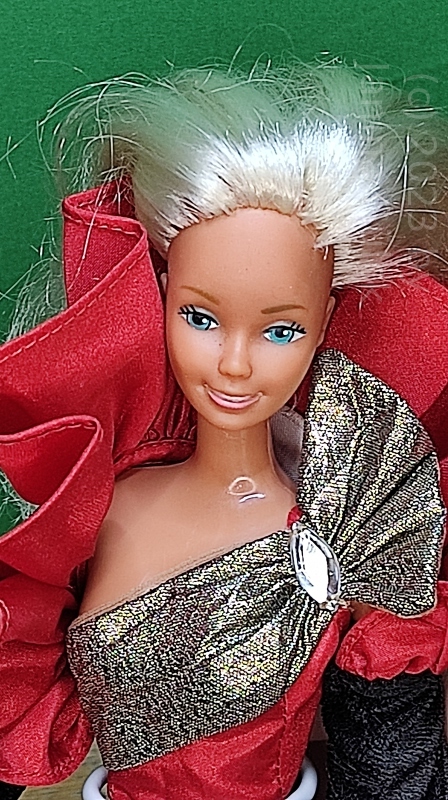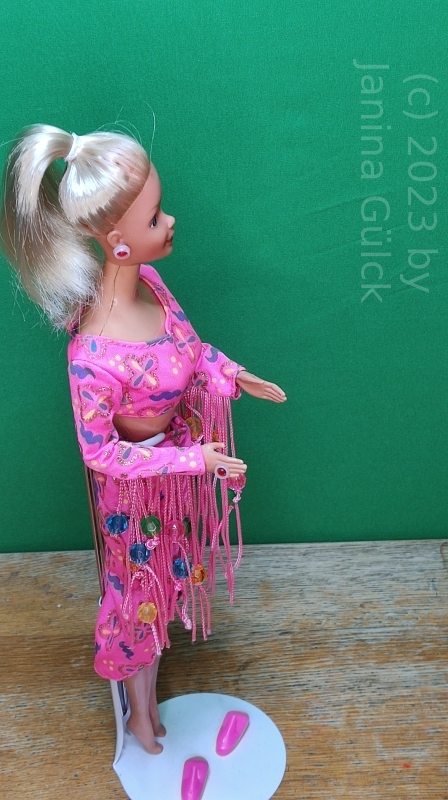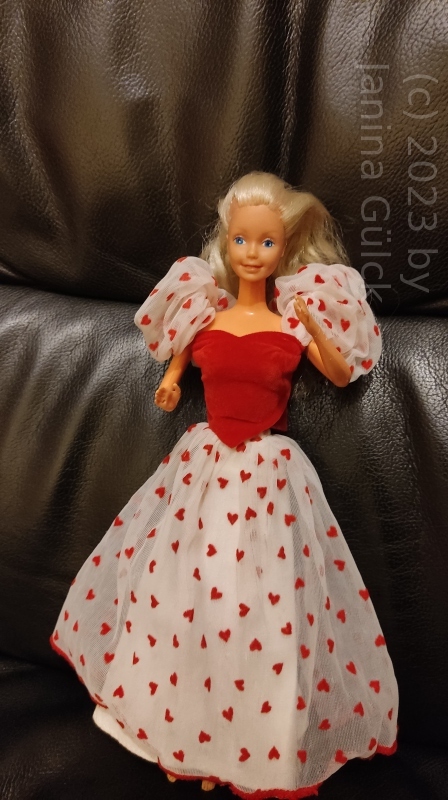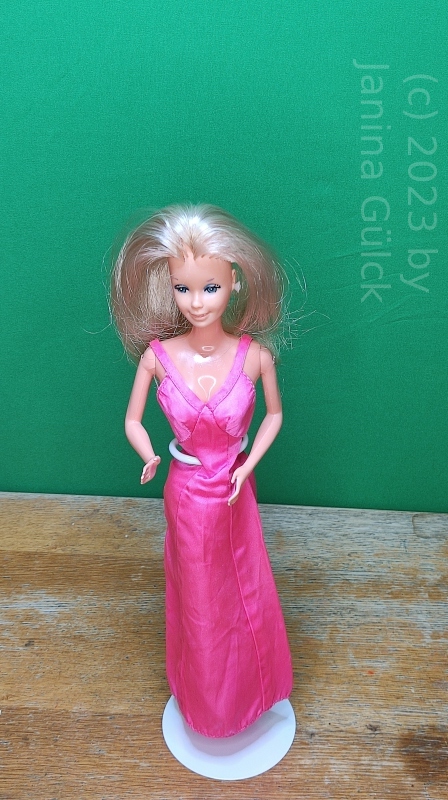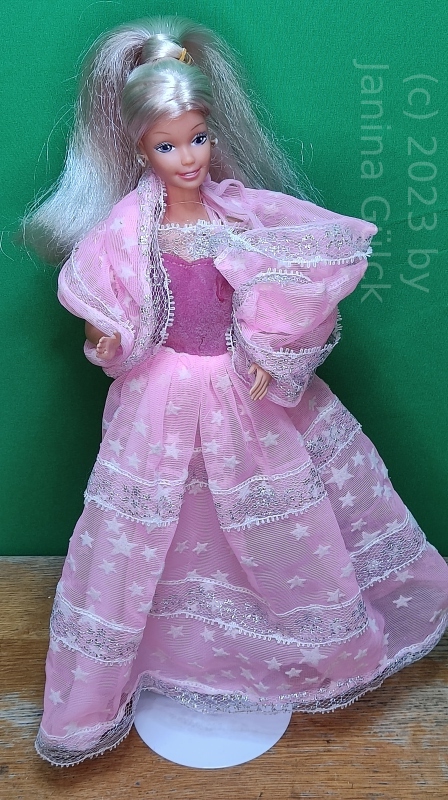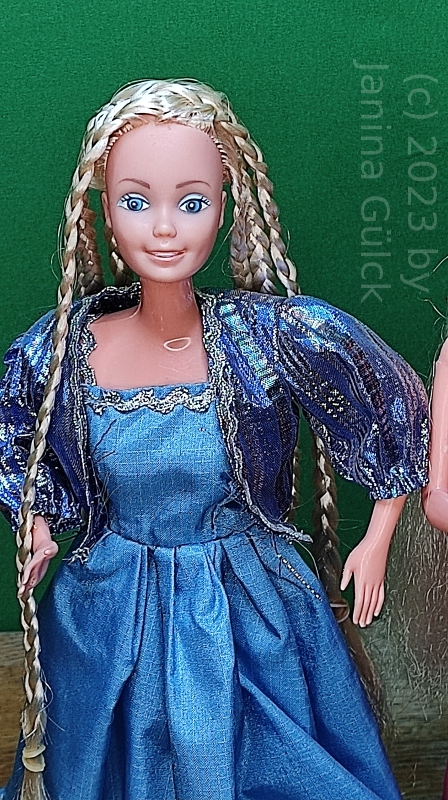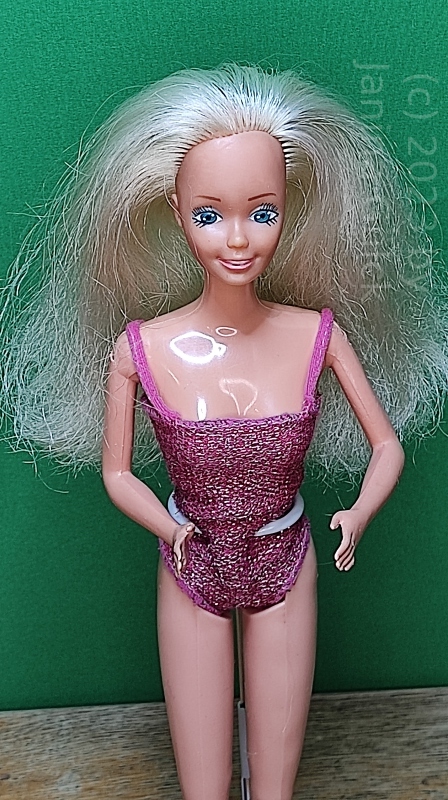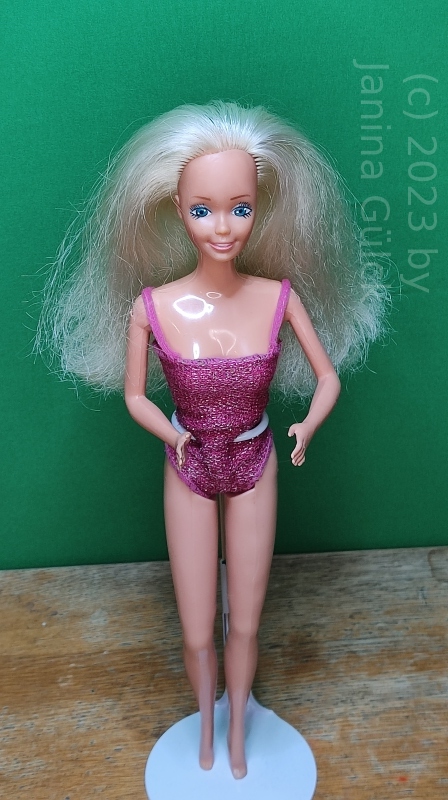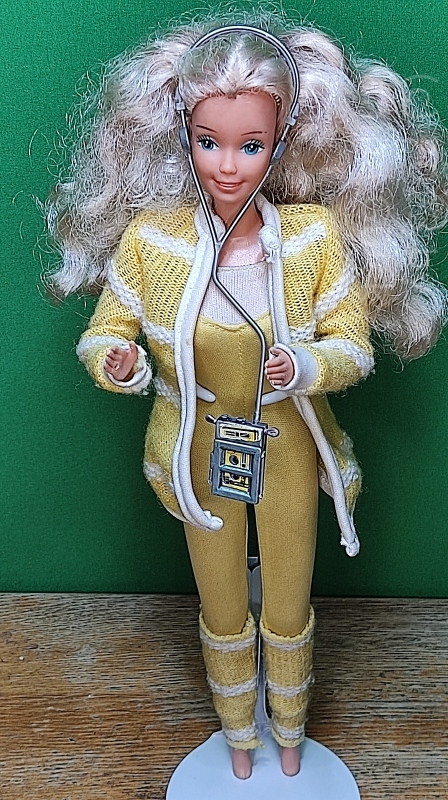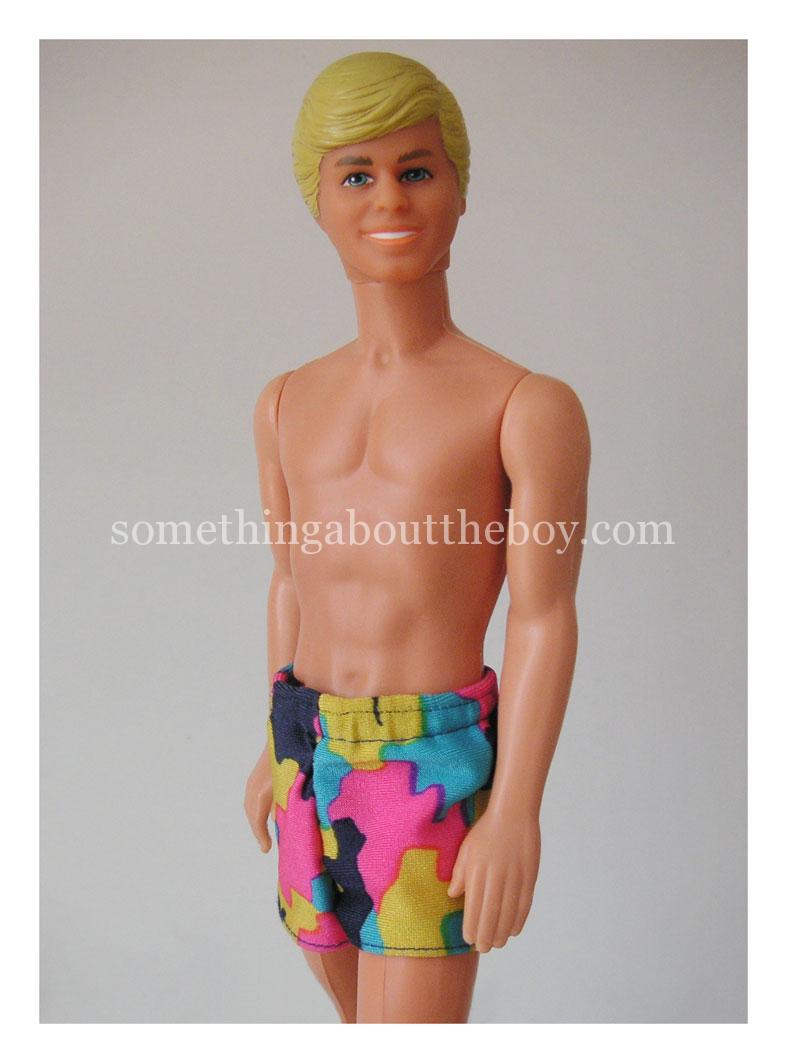Table of Contents
Barbie has been an iconic figure in the world of toys since her debut in 1959. Among the earliest and most coveted versions of this beloved doll are the Ponytail Barbies, specifically dolls #1 through #6. These first six editions represent a fascinating evolution in design and are highly sought after by collectors today. In this blog, we’ll take a closer look at each of these early Barbie dolls, highlighting their unique features and why they continue to captivate enthusiasts worldwide.
Barbie #1: The Original Icon
Released in March 1959, Barbie #1 was the first of its kind, making her debut at the American Toy Fair in New York. This doll is instantly recognizable by her striking black-and-white striped swimsuit, arched eyebrows, and bright red lips. Barbie #1 has distinctive holes in her feet designed to accommodate the metal prongs on her stand, which is unique to this model. Her hair, styled in a high ponytail, came in either blonde or brunette, both of which are equally iconic. Collectors treasure Barbie #1 not only for her historical significance but also for her rarity and unique features. A pic of her can be seen here https://barbie.fandom.com/wiki/Number_1_Ponytail_Barbie_Doll
Barbie #2: Subtle Refinements
Barbie #2, introduced later in 1959, closely resembles the first edition, with a few subtle refinements. Most notably, the holes in the feet were retained, but her skin tone was slightly lighter. The doll’s makeup was also subtly updated, giving her a fresher, more youthful appearance. Like her predecessor, Barbie #2 came with either blonde or brunette hair, both styled in the signature ponytail. The swimsuit and accessories remained the same, but collectors often seek out Barbie #2 for her improved facial paint and slightly more delicate features.https://dollect.net/database/barbie-1959-number-two-ponytail-barbie-blonde/
Barbie #3: A New Look
Barbie #3, which appeared in 1960, brought the first significant changes to the line. This version introduced blue eyes, which replaced the original black and white eyes seen in the first two editions. The new eye color, along with softer eyebrows, gave Barbie #3 a more approachable and modern look. Her makeup was also updated with softer shades, contributing to a less dramatic appearance. Although the doll’s overall design remained consistent with earlier models, these updates made Barbie #3 a favorite among collectors who appreciate subtle yet impactful changes.
The first three editions are said to have a scent of crayola. The color of these editions tends to fade when exposed to light. #3 Barbie has a slight red eyeliner giving one the idea that she maybe just came from a therapy. https://www.myvintagebarbies.com/ponytail-1-4.htm
Barbie #4: The Platinum Blonde Star
Barbie #4, launched in 1960, is particularly noteworthy for introducing the platinum blonde hair color, a feature that quickly became one of Barbie’s most iconic looks. This version also saw the elimination of the holes in the feet, which were a unique characteristic of dolls #1 and #2. The skin tone was slightly adjusted to a more flesh-toned color, giving the doll a more lifelike appearance. Barbie #4’s face paint was similar to Barbie #3, maintaining the softer, more natural look. This edition is beloved for its glamorous hair color and refined design.
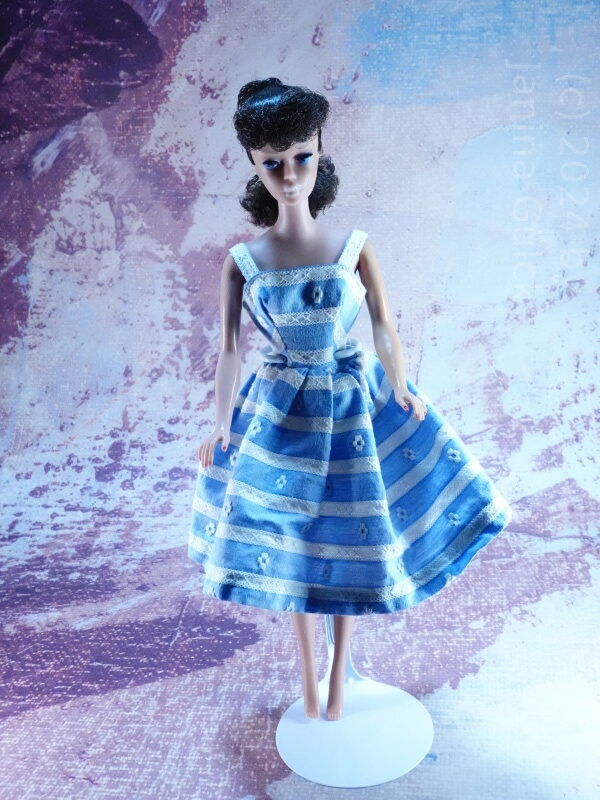
Barbie #5: The Transition Doll
Barbie #5, released in 1961, is often referred to as a “transition doll” due to its mix of old and new features. This version maintained the same facial design and makeup as Barbie #4 but introduced a new material for the body. The new body material had a slightly different texture, which was more resistant to damage. Collectors often seek out Barbie #5 for her durability and the continuation of the popular platinum blonde hair color. Despite the minimal changes, this edition is a crucial part of Barbie’s evolution. #5 Ponytail Barbie and #6 Ponytail Barbie dolls were produced in larger quantities than her sisters before. That’s why you find them more often for a lower price.
Barbie #6: Not Last of the Ponytail Barbie Series
Barbie #6, introduced in 1961, marked the end of the original Ponytail series. This doll featured softer, rounded eyebrows and a slightly fuller face, giving her a more youthful and approachable appearance. The hair options were expanded to include a rarer shade of titian red, along with the standard blonde and brunette. Barbie #6 also came with a new variety of accessories, reflecting the changing fashion trends of the early 1960s. As the last in the Ponytail series, Barbie #6 holds a special place in collectors’ hearts as a representation of the transition from the original design to the new era of Barbie dolls.
Barbie #7: Hardly known Barbie of the Ponytail Series
In recent research I found out that there are not only the #1 – #6 Ponytail Barbies but even a #7 Ponytail and #8 Ponytail Barbie. I always thought the production stopped in 1962 or 1963 and only the rests of these years were sold, but I read in the book of Bob Young that the production did not stop. It was continued until 1966. Also very interesting to read was that they have the numbers on their bum bum.
I have a lot of Barbie & Midge body Barbie dolls and have only a very few other ones. I really like them but they are hard to find in Europe in good shape with the correct body, and I’m not really only specialized in Vintage Ponytail Barbie and since I don’t have a lot of them it was hard to know about these numbers. The neck knobs are also a sign for identification because they have changed from #1 Ponytail Barbie up to #8 Ponytail Barbie.
Barbie #8: The last of the Ponytail Barbies?
It is not really defined if #8 Ponytail Barbie was the last one. What I learned is that there are variations in make up and hair colors, although the neck cone does not change from 1964 until 1966. They have the big neck cone. They all came the red swimsuit, not the black and white one.
For more information about original Barbie dresses for humans please read My Journey to a Suburban Shopper dress: Recapturing Barbie Nostalgia
Conclusion
The Ponytail Barbie dolls #1 through #8 are more than just toys; they are a fascinating glimpse into the early years of one of the most enduring icons in popular culture. Each edition reflects the evolving trends and design philosophies of the late 1950s and mid 1960s. For collectors and Barbie enthusiasts, these early dolls represent a cherished piece of history, each with its unique charm and significance.
If you’re considering starting a collection or expanding your current one, the Ponytail Barbies are an excellent place to begin. Their timeless appeal and historical value make them an investment that’s not only financially rewarding but also deeply nostalgic. If you think about buying Ponytail Barbie don’t forget to read the Ashabraner/DeWein book “The Collectors Encylopedia of Barbie dolls” from 1977.
